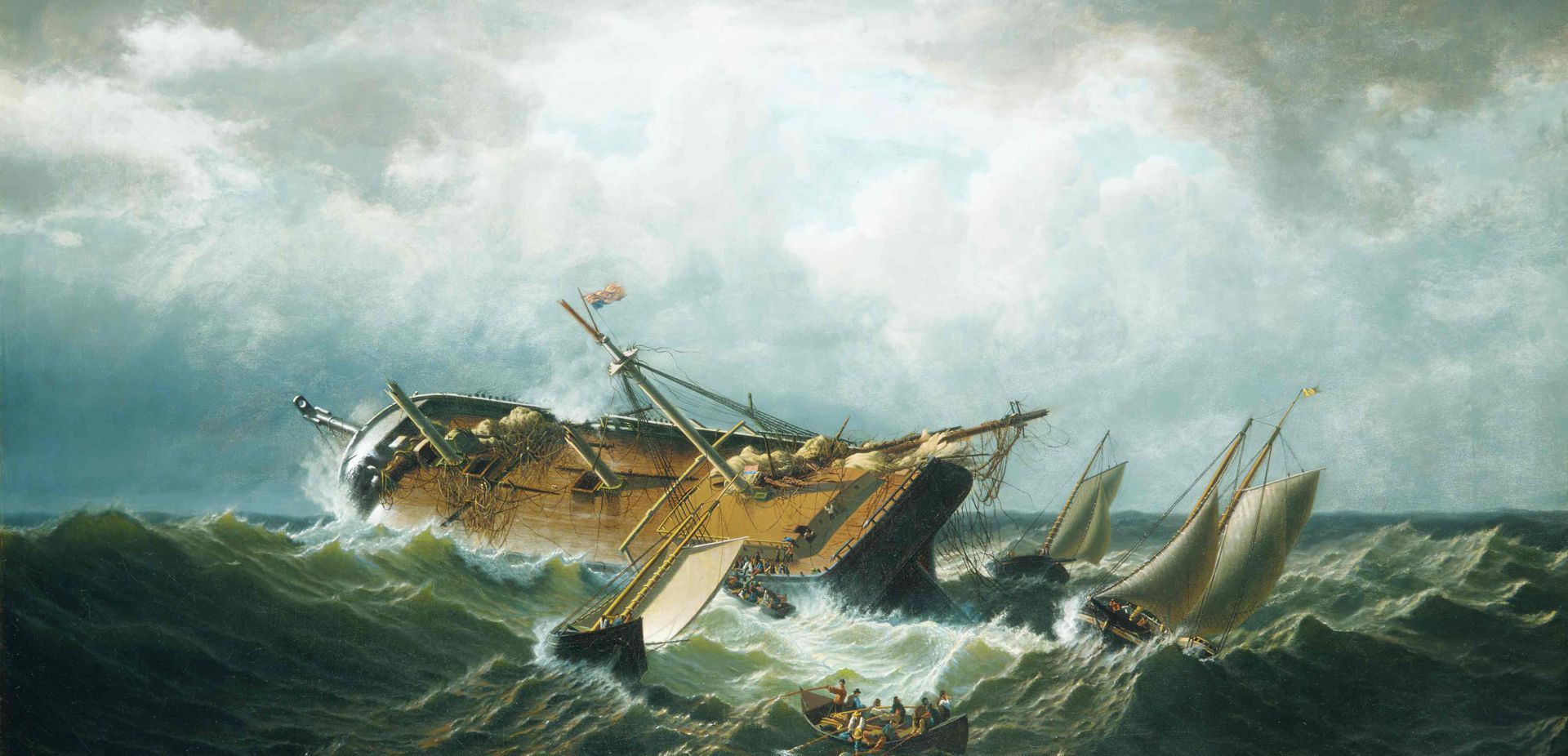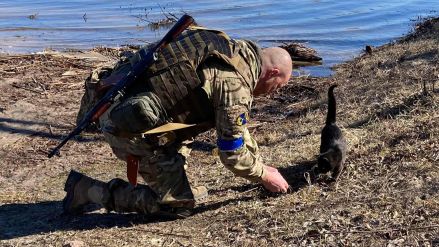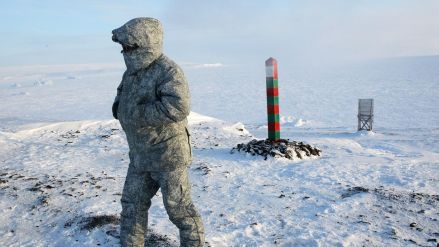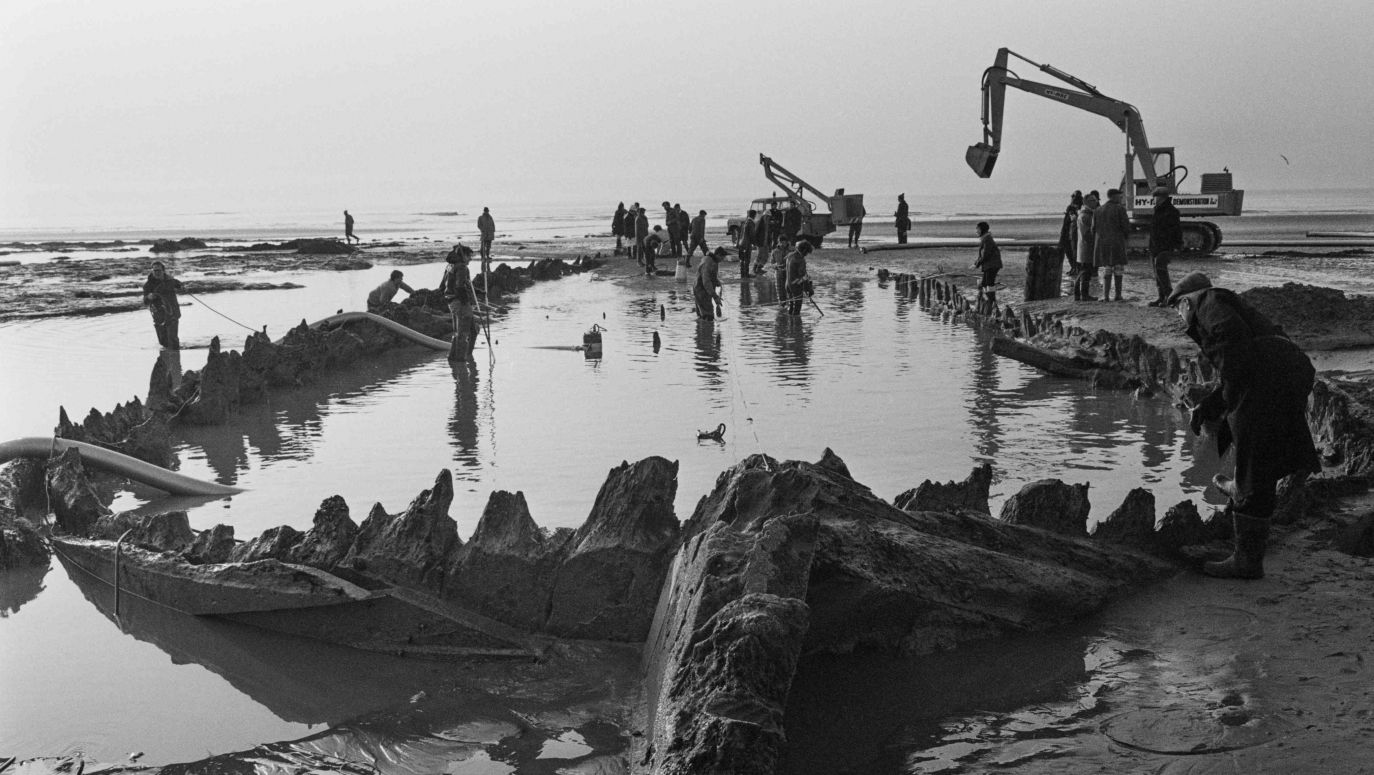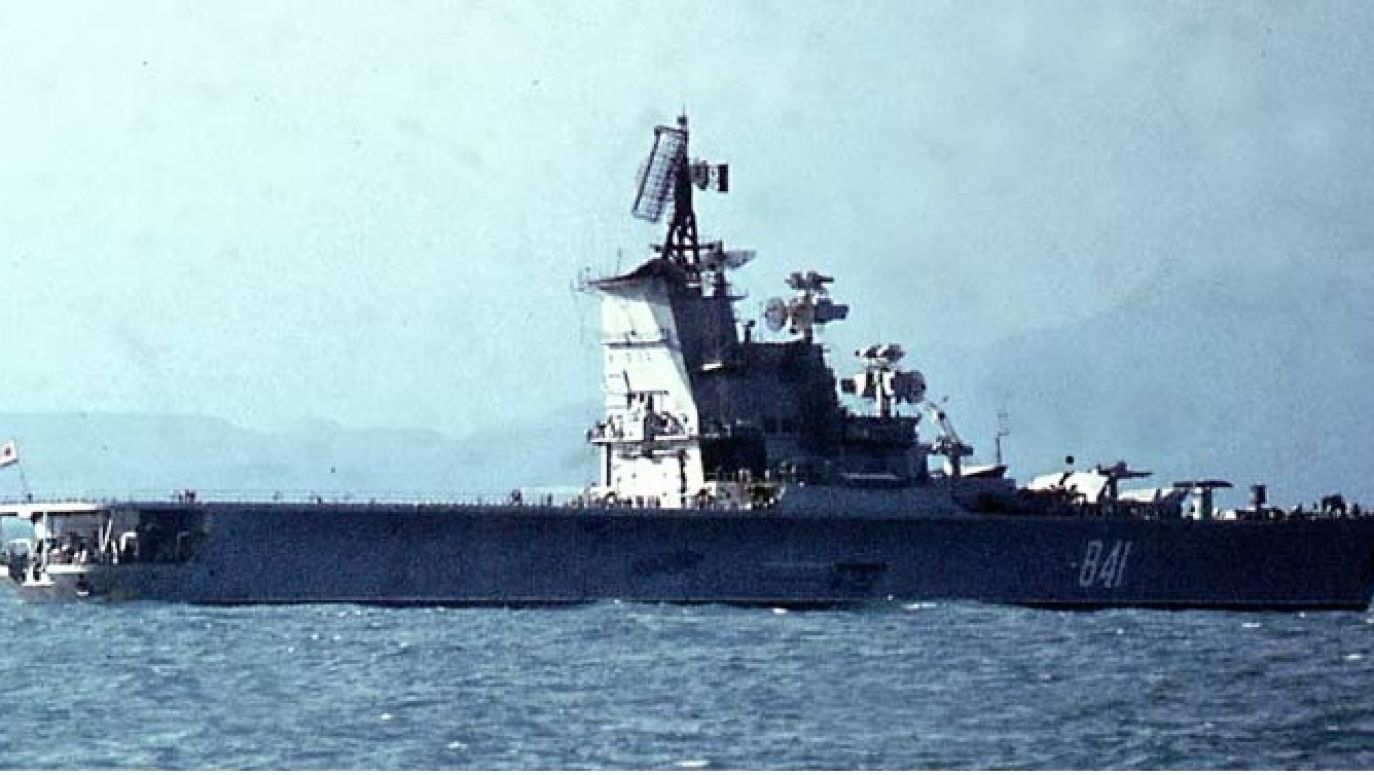Many sciences, from geology to the physics of liquids, originated from the practical need to master or know a particular element. The humanities, however, tend to luxuriate in abstraction. Yet underwater archaeology - now a recognised academic discipline, with chairs, quarterly journals and disputes over conference points - was initially separated from the treasure hunting profession by three shovel strokes...
The din, the tension, the swaying decks of two ships standing parallel, the tightening of the ropes. Do they slam, don't they slam? Vibrating ropes are moistened with water or grease, observers from a dinghy circling on the sea surface look out for something in the depths. The cranes creak, the cries of seagulls are heard. Suddenly, with a loud splash, something black and slimy emerges from the water, streams of dirty water pour down, the smell of silt and hydrogen sulphide reaches everyone. Something flashes in the depths of the shapeless hull: water, silver or broken mirrors?
 WAR IN UKRAINE
WAR IN UKRAINE 
This, according to newsreels, was the scene of the final recovery of Gustavus Adolphus' famous galleon, Vasa, which took place 61 years ago, on 24 April 1961. But a similar technique was used to extract dozens of ships restored to the world in the 20th century. A similar procedure - running ropes underneath the stranded galleon and lifting it piece by piece - was also designed immediately after the Vasa sank in Stockholm harbour in the summer of 1628.
In the 20th century many fanciful techniques were invented to bring sunken ships to the surface (some suggested filling the hull of the Vasa with millions of ping-pong balls to bring the galleon to the surface, others - freezing a piece of the sea and cutting the relic in a block of ice), but pulling on ropes turned out to be the safest for the crumpled, water-soaked, not infrequently - clam-ridden wood.
In our time dozens of excavated ships have found their way into museums, from the Kyrenia, the pride of Cyprus, sacked by pirates in the 4th century BC, to the CSS Neuse, a Confederate mini battleship which protected Kinston from Union attacks until March 1865.
